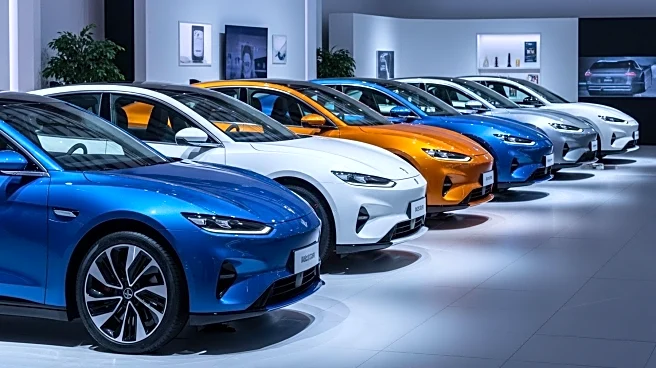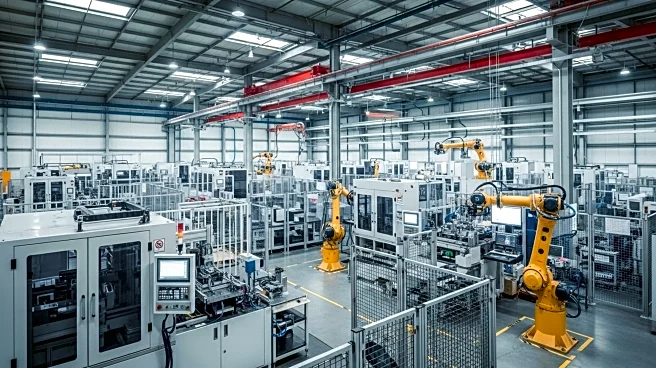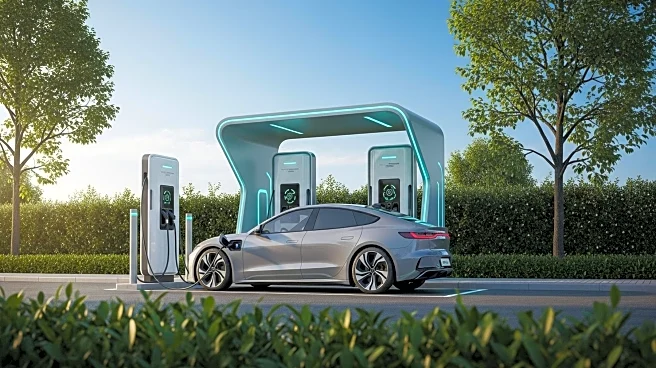What is the story about?
What's Happening?
Tesla's release of the affordable Model Y and Model 3 has been met with disappointment in the U.S. market. The new models offer less range and a less premium interior compared to previous versions, while also losing Autopilot features. Despite a price increase, the models have not met consumer expectations for affordability and innovation. In contrast, the Model Y Standard in Europe has been received more favorably, offering price cuts and retaining Autopilot. The situation highlights the challenges Tesla faces in maintaining its competitive edge in the U.S. market.
Why It's Important?
The disappointing reception of Tesla's affordable models in the U.S. is significant as it reflects the challenges the company faces in meeting consumer expectations for affordability and innovation. The situation may impact Tesla's sales performance and brand reputation, influencing investor confidence and stakeholder relations. The contrasting reception in Europe underscores the importance of market-specific strategies in maintaining competitiveness. Tesla's ability to adapt to changing consumer preferences and regulatory pressures will be crucial in navigating the current market environment.
What's Next?
Tesla may need to implement strategic changes to address the disappointing reception of its affordable models in the U.S. This could include adjusting pricing models, enhancing product features, or exploring new market opportunities. The company might also focus on accelerating its transition to electric vehicles and enhancing its sustainability initiatives. Stakeholders, including investors and industry leaders, will be closely monitoring Tesla's response to the situation and its ability to adapt to the changing landscape.
Beyond the Headlines
The situation faced by Tesla may have broader implications for the automotive industry, including potential shifts in consumer preferences and competitive dynamics. Ethical considerations around pricing and transparency may arise as companies navigate the transition to sustainable practices. Long-term, the industry might see increased investment in research and development to drive innovation and maintain competitiveness.
AI Generated Content
Do you find this article useful?













